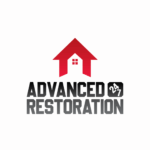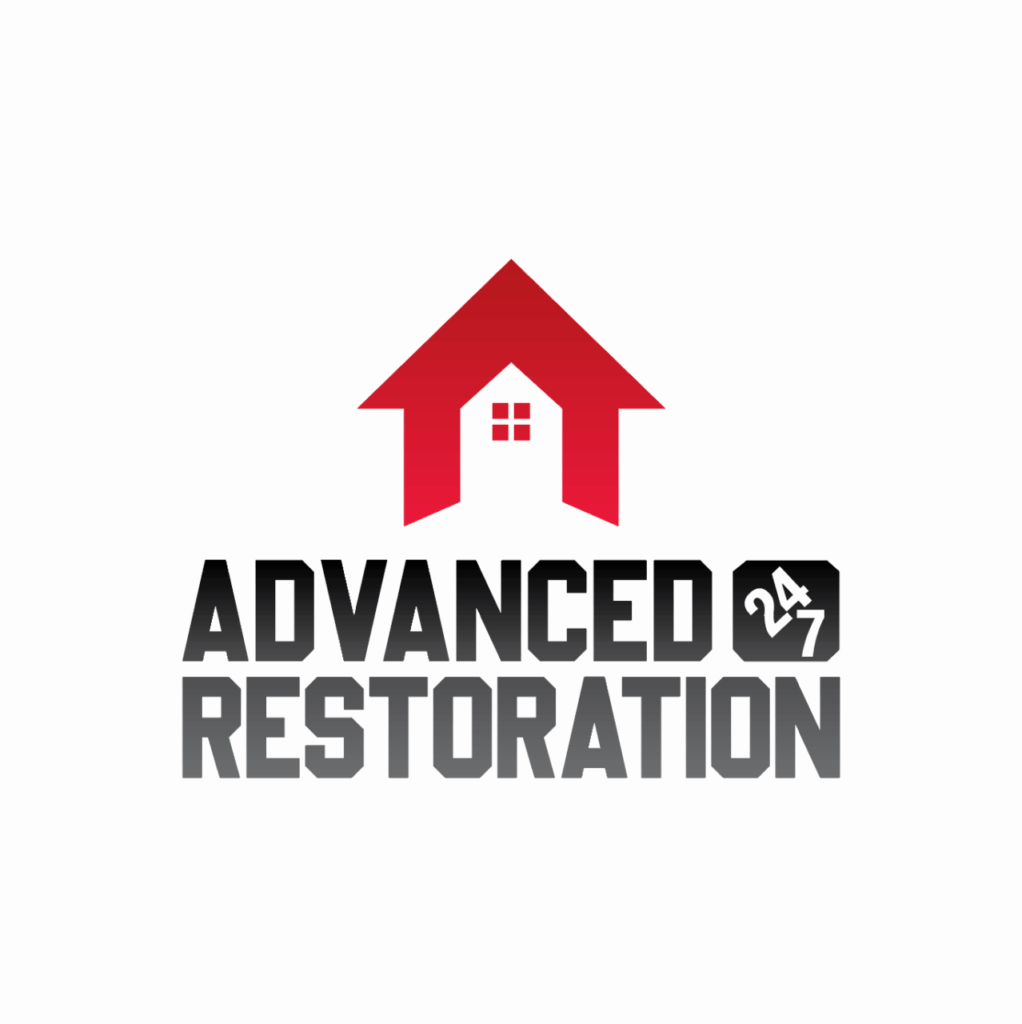Did you know that sewage cleanup poses serious health risks? In fact, according to recent studies, there are seven specific health hazards that you need to be aware of.
These risks range from bacterial infections and viral diseases to respiratory issues and skin irritations. But that’s not all. There are also parasitic infections, gastrointestinal problems, and even eye and ear infections that can result from exposure to sewage.
With such a wide range of potential health dangers, it is crucial to understand the risks involved and take necessary precautions.
So, how exactly do these health risks manifest? Stay tuned to learn more about the dangers lurking in sewage cleanup.
Bacterial Infections
Bacterial infections pose significant health risks during sewage cleanup. It’s important to understand the dangers associated with these infections and take necessary prevention measures. Bacterial resistance is a growing concern in healthcare, and sewage cleanup is no exception. When exposed to bacteria present in sewage, there’s a risk of contracting infections that are resistant to common antibiotics. This can make treatment more difficult and increase the severity of the illness.
Several prevention measures should be followed to prevent the spread of bacterial infections during sewage cleanup. Firstly, wearing appropriate protective gear, such as gloves, masks, and waterproof clothing is crucial. This helps to minimize direct contact with the sewage and reduces the risk of infection. Additionally, practicing good hygiene is essential. Washing hands thoroughly with soap and water before and after cleanup is vital to prevent the spread of bacteria.
Furthermore, it’s important to disinfect the affected areas properly after sewage cleanup. Using effective disinfectants against bacteria is crucial in eliminating any remaining pathogens. It’s also advisable to ensure proper ventilation during cleanup to reduce the concentration of harmful bacteria in the air.
Viral Diseases
During sewage cleanup, it’s important to be aware of the potential health risks posed by viral diseases. Viral diseases are caused by viruses, microscopic infectious agents that can cause various illnesses in humans. Here are three important things to know about viral diseases during sewage cleanup:
- Zoonotic transmission: Viral diseases can be transmitted from animals to humans, known as zoonotic transmission. When sewage is contaminated with animal waste, there’s a risk of exposure to viruses that can cause diseases such as hepatitis E and avian influenza. It’s crucial to take precautions and minimize contact with contaminated material to prevent the spread of zoonotic viral diseases.
- Prevention measures: Following proper hygiene practices is essential to protect yourself during sewage cleanup. This includes wearing personal protective equipment like gloves, masks, and goggles to reduce the risk of viral exposure. Additionally, regular handwashing with soap and water is crucial to prevent the transmission of viruses. Disinfecting surfaces and equipment during cleanup is also important to eliminate potential viral contamination.
- Seek medical attention: If you experience any symptoms of viral diseases after sewage cleanup, it’s essential to seek medical attention promptly. Symptoms can vary depending on the specific viral infection but may include fever, fatigue, body aches, and respiratory issues. Early diagnosis and treatment are crucial for managing viral diseases effectively.
Parasitic Infections
Parasitic infections present significant health risks during sewage cleanup. When dealing with sewage, it’s crucial to be aware of the potential for parasitic infections and take preventive measures to protect yourself. These infections can have long-term effects on your health if not addressed promptly and effectively.
There are several prevention methods that you can implement to minimize the risk of parasitic infections during sewage cleanup. Firstly, always wear protective clothing such as gloves, goggles, and boots to prevent direct contact with the sewage and any potential parasites it may contain. Additionally, wash your hands thoroughly with soap and water after handling sewage or any contaminated materials.
It is important to be aware of the different types of parasites found in sewage. Common parasites include roundworms, hookworms, and giardia. These parasites can enter your body through ingestion, inhalation, or contact with contaminated surfaces. Symptoms of parasitic infections may include stomach pain, diarrhea, fatigue, and weight loss. If you experience any of these symptoms after exposure to sewage, it’s crucial to seek medical attention promptly.
The long-term effects of parasitic infections can vary depending on the type of parasite and the individual’s overall health. In some cases, untreated parasitic infections can lead to chronic health issues, such as malnutrition, anemia, and organ damage. Therefore, taking immediate action is important if you suspect a parasitic infection.
Respiratory Issues
To protect your respiratory health, it’s important to be aware of the potential risks of sewage cleanup. When dealing with sewage, releasing harmful pollutants into the air can harm your lungs and overall respiratory system. Here are three key points to keep in mind:
- Pollution Effects: Sewage contains a variety of pollutants, such as bacteria, viruses, and chemicals. These pollutants can become airborne during cleanup activities, leading to the inhalation of harmful particles. Breathing in these pollutants can irritate your respiratory system, causing symptoms like coughing, wheezing, and shortness of breath. Prolonged exposure to sewage pollution can even increase the risk of developing respiratory conditions such as asthma or chronic obstructive pulmonary disease (COPD).
- Long-Term Consequences: The effects of exposure to sewage pollution may not be immediately apparent, but they can have long-term consequences. Continuous inhalation of harmful particles can lead to chronic respiratory issues that persist after cleanup. Additionally, sewage cleanup workers regularly exposed to these pollutants may face a higher risk of developing respiratory diseases later in life.
- Protective Measures: To safeguard your respiratory health during sewage cleanup, it’s crucial to take appropriate protective measures. This includes wearing personal protective equipment (PPE) such as gloves, masks, and goggles to prevent direct contact and inhalation of harmful pollutants. Adequate ventilation is also essential to minimize the concentration of airborne pollutants. Furthermore, seeking medical attention promptly if you experience any respiratory symptoms is crucial for early detection and treatment.
Skin Irritations
Exposure to sewage pollution can have multiple effects on the body. It can affect the respiratory system and lead to skin irritations. When you come into contact with sewage-contaminated water, your skin risks developing various irritations and infections. Understanding how to prevent these skin issues and what treatment options are available is important.
You can follow several prevention methods to prevent skin irritations caused by sewage exposure. First and foremost, always wear protective clothing, such as gloves, boots, and waterproof overalls, when dealing with sewage cleanup. This will create a barrier between your skin and the contaminated water, reducing the risk of irritation. Additionally, thoroughly wash your hands and any exposed skin with soap and clean water after contacting sewage. This will help remove any harmful bacteria or contaminants that may cause skin irritations.
In the unfortunate event that you do develop a skin irritation from sewage exposure, there are treatment options available to alleviate the symptoms. The specific treatment will depend on the severity and type of irritation. Still, some common options include topical creams or ointments to soothe the affected area, antihistamines to reduce itching, and antibiotics if an infection has developed. Consulting a healthcare professional for proper diagnosis and treatment recommendations is important.
Gastrointestinal Problems
If you come into contact with sewage-contaminated water, you may experience gastrointestinal problems. This means that your digestive system, which helps break down and absorb the nutrients from your food, could be affected. Gastrointestinal problems can range from mild discomfort to severe illness, depending on the level of exposure and the specific contaminants in the water.
Here are three potential issues you could face:
- Food Poisoning: Sewage-contaminated water can contain harmful bacteria, viruses, and parasites that can cause food poisoning. These pathogens can enter your body through contaminated food or water, leading to symptoms such as nausea, vomiting, diarrhea, and stomach cramps. It’s important to seek medical attention if you experience these symptoms, as food poisoning can be serious and may require treatment.
- Water Contamination: Sewage contains various pollutants, including chemicals, heavy metals, and toxins, which can contaminate the water. Ingesting this contaminated water can lead to gastrointestinal problems. Symptoms may include stomach pain, diarrhea, and vomiting. It’s crucial to avoid consuming water from unknown sources, especially if sewage contamination is possible.
- Digestive Upset: Exposure to sewage-contaminated water can disrupt the delicate balance of bacteria in your gut, leading to digestive upset. This can manifest as bloating, gas, cramping, and changes in bowel movements. Restoring the balance of your gut microbiome through a healthy diet and probiotic supplementation may help alleviate these symptoms.
Eye and Ear Infections
You may be at risk of developing eye and ear infections from exposure to sewage-contaminated water. When sewage contaminates water sources, harmful bacteria and viruses can enter your eyes and ears, leading to infections that can cause discomfort and potential long-term damage if left untreated.
It’s crucial to take proper prevention measures to prevent eye and ear infections. When dealing with sewage-contaminated water, always wear protective gear such as goggles and waterproof earplugs to minimize the risk of exposure. Additionally, avoid touching your face and wash your hands thoroughly with soap and clean water after contacting sewage.
If you suspect that you have developed an eye or ear infection from exposure to sewage, it’s essential to seek prompt medical attention. Depending on the specific infection, treatment options for eye and ear infections caused by sewage exposure may include prescription antibiotics or antiviral medications. Your healthcare provider will assess your condition and recommend the most appropriate treatment.
In addition to medical treatment, there are some self-care measures you can take to alleviate symptoms and promote healing. For eye infections, gently clean the affected eye with sterile saline solution or prescribed eye drops. Avoid rubbing your eyes, as this can worsen the infection. Keep the affected ear dry and clean for ear infections, and avoid inserting any objects into the ear canal.
Review
So there you have it: the risks involved in sewage cleanup are numerous and can pose serious threats to our health.
One interesting statistic is that, according to a study, approximately 80% of sewage cleanup workers reported experiencing respiratory issues due to exposure to harmful toxins.
It’s crucial to prioritize safety measures and proper protective gear to mitigate these risks and protect ourselves from the potential dangers of sewage cleanup.
Advanced 24/7 Restoration’s mission is to provide unparalleled care and support to our valued clients. Delivering the best solutions for your property restoration needs. Our vision is to be the top-rated damage restoration company in Denver, known for our exceptional services, professionalism, and dedication to customer satisfaction. Water damage, fire damage, flood damage, and more.
- This author does not have any more posts


